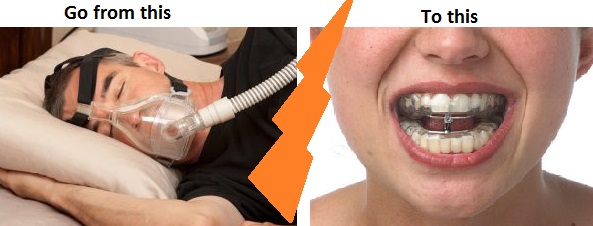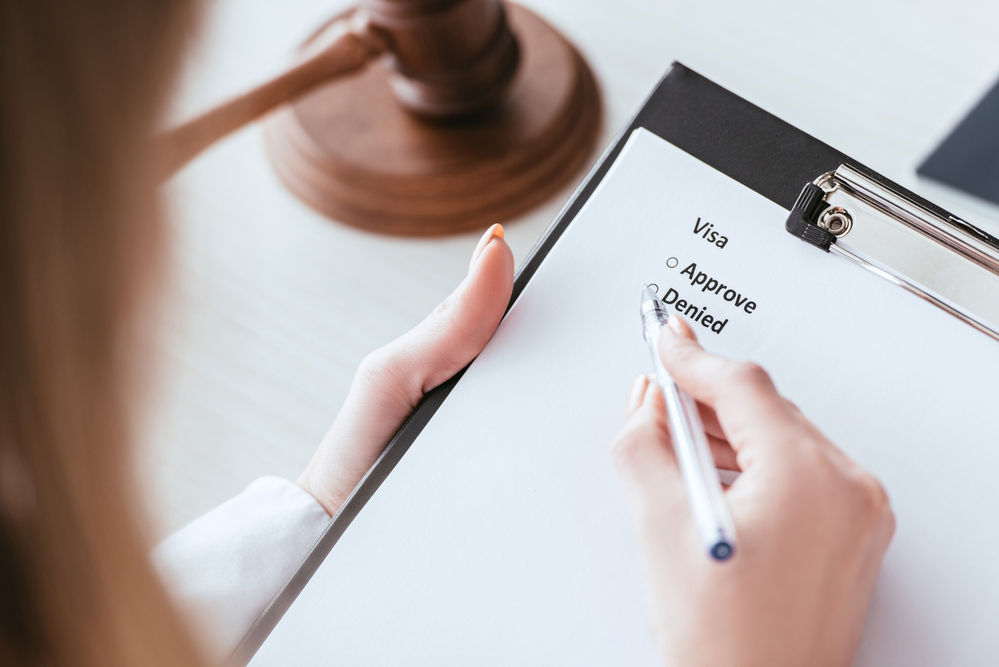Check out Dr. Avi Weisfogel from The International Academy of Sleep go over how one mistake with his license and controlled substances became something that would change his career path forever. Dr. Avi Weisfogel explains how he lost his license with the DEA, the downsides of prescribing controlled substances, and how the state dental board can screw up a dentists career. Learn how a profession in oral sleep medicine can keep you away from those problems and making more money in your profession.
Dr. Avi Weisfogel DDS Discusses Controlled Substances and The DEA
Dr Avi Weisfogel
Read more about International Academy of Sleep, Avi Weisfogel here. Read more about Avi Weisfogel, The International Academy of Sleep here.
Did you know that many dental experts are trained to assist treat and manage your snoring and sleep apnea? Dental Sleep Medicine is an area of dental practice that focuses on making use of oral home appliance therapy to treat sleep-disordered breathing, consisting of snoring and obstructive sleep apnea (OSA). Dentists collaborate with sleep doctors to determine the very best treatment for each client.
If you have difficulty tolerating constant favorable respiratory tract pressure (CPAP) therapy or choose an alternate treatment for sleep apnea, speak with an AADSM dental professional today. Oral appliance treatment can assist you and your bedpartner get a great night`s sleep, and it will improve your health and quality of life. The quality of your sleep has a dramatic influence on your health, well-being and overall quality of life.
Keep in mind that snoring is an indication that ought to never ever be disregarded. Across the nation, lots of dental experts are prepared to provide to treat and. Speak to your physician and dentist about your treatment alternatives. Snoring is a typical indication for obstructive sleep apnea. Prior to treatment, you must be identified by a board-certified sleep medicine doctor. Dental Sleep Medicine.
Dental Sleep Medicine Software
If you have sleep apnea, your medical professional will discuss treatment options with you. The most common treatment for sleep apnea is continuous positive airway pressure (CPAP) therapy. The CPAP maker keeps your air passage open by supplying forced air through flexible tubing. CPAP therapy requires you to use a mask as you sleep.
Your medical professional needs to consider offering you a prescription for a sleep apnea home appliance if you are unable to tolerate CPAP therapy or prefer an alternate treatment. Many individuals like an oral home appliance since it is comfy, quiet, portable and easy to wear. In some serious cases of sleep apnea, upper air passage surgery might be another treatment alternative.
An oral device is a gadget worn in the mouth only during sleep. It fits like a sports mouth guard or orthodontic retainer. A custom-fit oral sleep device is a reliable treatment that avoids the respiratory tract from collapsing by supporting the jaw in a forward position. Oral home appliance therapy is a reliable treatment for obstructive sleep apnea (OSA) and snoring.
Oral appliance treatment assists maintain an open, unobstructed air passage. Find out more about for and. Oral appliance therapy need to be offered by a certified dentist who has technical skill and knowledge in dental sleep medicine. Training in how to provide oral device therapy is uncommon in dental schools. So not all dental experts have the training or experience to offer ideal take care of adults with snoring or sleep apnea.
Sleep Apnea Dental Appliance Covered By Insurance
Medical practice standard for the treatment of obstructive sleep apnea and snoring with oral device therapy: an upgrade for 2015 (dental sleep medicine). Journal of Dental Sleep Medicine2015; 2( 3 ):71125. Scherr SC, Dort LC, Almeida FR, Bennett KM, Blumenstock NT, Demko BG, Essick GK, Katz SG, McLornan PM, Phillips KS, Prehn RS, Rogers RR, Schell TG, Sheats RD, Sreshta FP.

Journal of Dental Sleep Medicine 2014; 1( 1 ):51. Scherr SC, D L, Almeida FR, Bennett KM, et al., authors. Definition of a reliable oral home appliance for the treatment of obstructive sleep apnea and snoring: a report of the American Academy of Dental Sleep Medicine. Journal of Dental Sleep Medicine2014; 1:3950. Rogers RR, Remmers J, Lowe AA, Cistulli PA, Prinsell J, Pantino D, Rogers MB.
Are you sick and tired of being ill and exhausted? Fatigue is the number one problem heard by health specialists around the world. Fifty to seventy million Americans suffer from of sleep related problem. Sleep associated breathing conditions, such as snoring and obstructive sleep apnea, are at the top of this list.
As dental professionals, we remain in a prime position to be the first to acknowledge this disorder and to help guide clients in the best instructions to get diagnosed. We likewise have the capability to deal with a number of these patients ourselves, hence improving their quality of life as well as perhaps saving their life! Understand regular breathing and respiratory tract anatomy and the issues and variants that lead to snoring and obstructive sleep apnea Find out the health threats associated with sleep disordered breathing Learn the essentials of sleep Discover the effects of sub-optimal sleep on health and quality of life Recognize those signs and behaviors that may show sleep disordered breathing Understand present and suggested diagnostic methods and the role of dental practitioners in the group approach Evaluation the existing treatment techniques for snoring and for moderate, moderate and extreme OSA Check out the function that dental experts can play in the management of sleep disordered breathing Understand the side impacts of oral device therapy and how to manage them RICHARD B.
American Academy Of Dental Sleep Medicine Annual Meeting
degree from The University of Texas Health Science Center at San Antonio, Dental School in 1989. He preserved a private practice in general dentistry from 1990 to 2001 and currently acts as Medical Assistant Professor of the Department of Comprehensive Dentistry at UT Health Science Center at San Antonio. 8:00 AM9:00 AM 5:00 PM Webinar Dental Expert: $220.00 KDR Receiver: $198.00 Allied Dental Worker: $190 (Avi Weisfogel).00 Hours: 7.0.
Dental sleep medicine is a field of dentistry targeted at the treatment of sleep-disordered breathing (SDB), or the occurrence of breathing problems throughout sleep. SDB frequently leads to sleep deprivation, which can have a deep-seated effect on your physical, psychological and mental well being. As oral health specialists, we interact with sleep physicians to create the very best care prepare for clients experiencing sleep disruptions.
Sleep disordered breathing is recognized with typical oral symptoms and signs which the team at All About Smiles is extremely trained to evaluate. Traditionally, sleep tests needed to be carried out in sleep centers, now they can be done from the benefit of your own house. We can even supply these for you at All About Smiles.
If you have snoring and daytime drowsiness together with any of the following medical conditions: High blood pressure Heartburn Headaches Big Tonsils Overweight Erectile Dysfunction Sleeping disorders Oral home appliance therapy includes using a device resembling an orthodontic retainer or mouth guard throughout the hours when you sleep. The device holds the jaw in a forward position which assists unblock the airway (Avi Weisfogel).
Dental Sleep Medicine Residency
Research has actually shown that this treatment is an effective yet non-invasive method to treat the harmful signs of OSA. The device is simple and comfy to use, quiet, easy to manage, convenient, and portable, which is why it is preferred with patients. Oral sleep appliances are easy to travel with and easier to be certified with than a conventional CPAP maker.
Sleep is critical for your physical and psychological wellness – dental sleep medicine. Without a correct sleep pattern, your body will be denied of the rest it needs to de-stress and charge, and this will eventually result in life modifying medical conditions if left unattended. If the absence of sleep has actually kept you far from being present in your life, NOW is the time to make that change!.
Dental professionals who are Diplomates of the ABDSM have actually demonstrated that they have the abilities and understanding important for the shipment of exceptional client care. The ABDSM believes greater requirements for dental sleep medicine equate into better take care of patients and greater accountability. The ABDSM credential is extensively acknowledged as the gold standard for quality in dental sleep medicine.
Stand apart in dental sleep medicine with a status that sleep doctors know and respect. ABDSM Diplomate Status: Represents to doctors, payors, and clients an expert dedication to education, knowledge, and expeirence in offering oral home appliance therapy for sleep apnea and snoring. Demonstrates that a dental practitioner has the technical ability, thorough knowledge and professional judgement to provide excellent patient care.
American Sleep Dentistry Near Me
At SomnoMed, we strongly think that dental practitioners can dramatically affect patient`s lives by changing their quality of sleep. Dentistry has the capability to assist improve and save lives. An oral home appliance is a device worn in the mouth only during sleep. It fits like a sports mouth guard or orthodontic retainer.

Snoring is a typical indication or sign for obstructive sleep apnea (OSA); however, is not always the only indicator. Prior to treatment, clients should be diagnosed by a board licensed sleep medicine doctor. If you have snoring without sleep apnea, your medical professional ought to provide you a prescription for an oral gadget.



